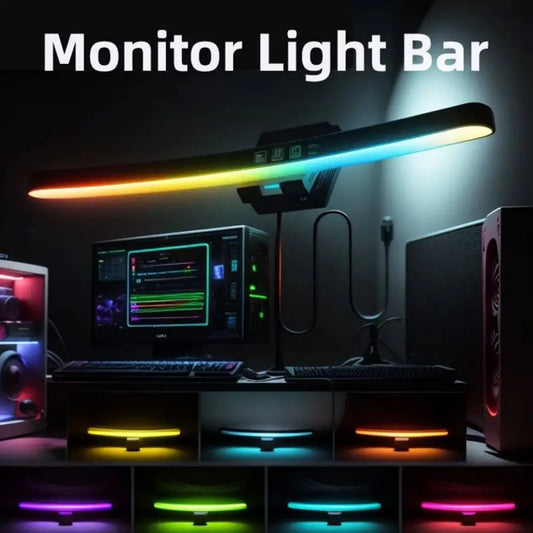Why Are Skins in Games So Expensive?
Partager
In the world of gaming, skins—the cosmetic items that change the appearance of characters, weapons, and other in-game assets—have become a significant aspect of many games, especially in titles like Fortnite, League of Legends, Valorant, and Counter-Strike: Global Offensive. But one question that often arises among players is: why are skins in games so expensive?
In this blog, we will delve into the factors driving the price of skins in video games and analyze their value, both from the perspective of developers and players.
1. Demand and Popularity
The fundamental reason why skins can be so expensive is simple: demand. In many games, skins are viewed as a form of self-expression or prestige. Players often want to stand out in-game or show off their accomplishments with rare or unique skins. This drives up demand, particularly for limited-time skins that are released during events or for special occasions (such as seasonal updates or collaborations with popular brands or franchises).
When something is in high demand, especially with a limited supply, it’s natural for prices to increase. This principle of supply and demand is seen in many industries, and gaming skins are no exception.
2. Scarcity and Rarity
Another reason skins can command high prices is scarcity. Many games feature limited edition skins or skins tied to specific events. For example, skins released during a limited-time event (like a holiday-themed skin or a cross-promotion with a movie or celebrity) are only available for a short period. Once the event is over, these skins are no longer obtainable, which makes them rarer and more valuable.
The rarity of these skins can increase their desirability. Players who missed out on the event may be willing to pay a premium to acquire these skins on secondary marketplaces (like CS:GO’s Steam Market). The rarity of these items often translates to a higher price.
3. Cosmetic Appeal and Customization
Skins also hold significant cosmetic value. For many players, they are not just in-game items but a form of personalization. Players spend countless hours in a game, and customizing their avatar or weapons allows them to make the experience feel more unique to them.
The more detailed or aesthetically appealing a skin is, the more likely it will be priced higher. Games with highly detailed and intricate skins, such as Overwatch or League of Legends, often price these skins higher due to the resources and time required to design and implement them.
4. Increased Development and Maintenance Costs
Creating and maintaining skins in games is no small feat. Designers, artists, and developers put in significant time and effort to create these items, ensuring they fit seamlessly into the game's visual style. Moreover, skins often require regular updates, bug fixes, and sometimes rebalancing to ensure they are functional across all game modes and platforms.
As game developers strive to make skins visually stunning or incorporate them into seasonal or event-based content, these additional development costs often get passed on to players through the price of the skins.
5. In-Game Economy and Microtransactions
Many modern games use microtransactions as a way to generate revenue. Skins are an integral part of this model. Players can purchase them using real money or in-game currency, but the key is that the skins offer a sense of progression without actually affecting gameplay (since they are purely cosmetic).
The success of this model is often tied to the game's economy, and in some cases, developers have found that selling skins is more profitable than other methods like subscription models or box sales. As a result, the pricing of skins is often set in such a way that they represent a premium purchase. The more exclusive the skin, the higher the price tag.
6. Third-Party Marketplaces and Resale Value
Some games, such as CS:GO, Dota 2, and TF2, have integrated third-party marketplaces where players can sell, trade, or auction their skins. The prices in these markets can be driven by player-to-player transactions, leading to some items becoming highly expensive due to player interest and competition. The potential for skins to appreciate in value over time also encourages people to invest in rare or unique skins, believing they will be able to sell or trade them for a profit in the future.
Additionally, the presence of third-party websites where players can resell their skins at a premium also contributes to price inflation.
7. Influencers and Content Creators
The role of influencers and streamers cannot be overlooked. Popular gaming personalities who showcase rare or expensive skins can generate interest and increase demand for those skins, pushing prices up. The desire to emulate these influencers can prompt players to buy high-priced skins, making them more mainstream and desirable.
Many streamers and content creators even receive sponsorship deals from developers or skin retailers, further promoting the idea that certain skins are "must-have" items.
8. The Psychological Element of Skins
There's a psychological element involved as well. Skins often tap into the concept of exclusivity and the human desire to be part of an elite group. Owning an expensive or rare skin can provide a sense of pride, or even status, among the player base. This desire for social recognition is a powerful motivator for purchasing high-priced items.
Additionally, the psychological effect of microtransactions in games can create a sense of FOMO (Fear of Missing Out). Players may feel compelled to buy skins at higher prices simply because they don't want to miss the chance to own something unique or special.
The Value of Skins
So, what is the actual value of skins in games? Ultimately, the value of a skin is subjective. It may hold no real-world value, but in the context of the game, it can be seen as a form of art, status, or expression. For the developer, skins are a significant revenue stream, providing ongoing income to fund updates, server costs, and new content for players.
For the player, the value of a skin may lie in personal satisfaction, the feeling of uniqueness, or the social validation of owning something rare. However, it’s essential to recognize that the price of a skin may not always reflect its intrinsic value but rather its perceived value within the community.
Conclusion
Skins in video games are expensive for a variety of reasons: the demand for customization, their rarity, the development costs involved, and the psychology of microtransactions. As the gaming industry continues to grow and evolve, skins are likely to remain a key part of the monetization strategies for many games. While some players may view them as a luxury, others see them as a way to enhance their gaming experience. Whatever the case, skins are undoubtedly here to stay, and their price will continue to fluctuate as supply and demand evolve in the digital world.
Have you ever purchased an expensive skin in a game? What do you think makes them worth the price? Let me know your thoughts in the comments below!




